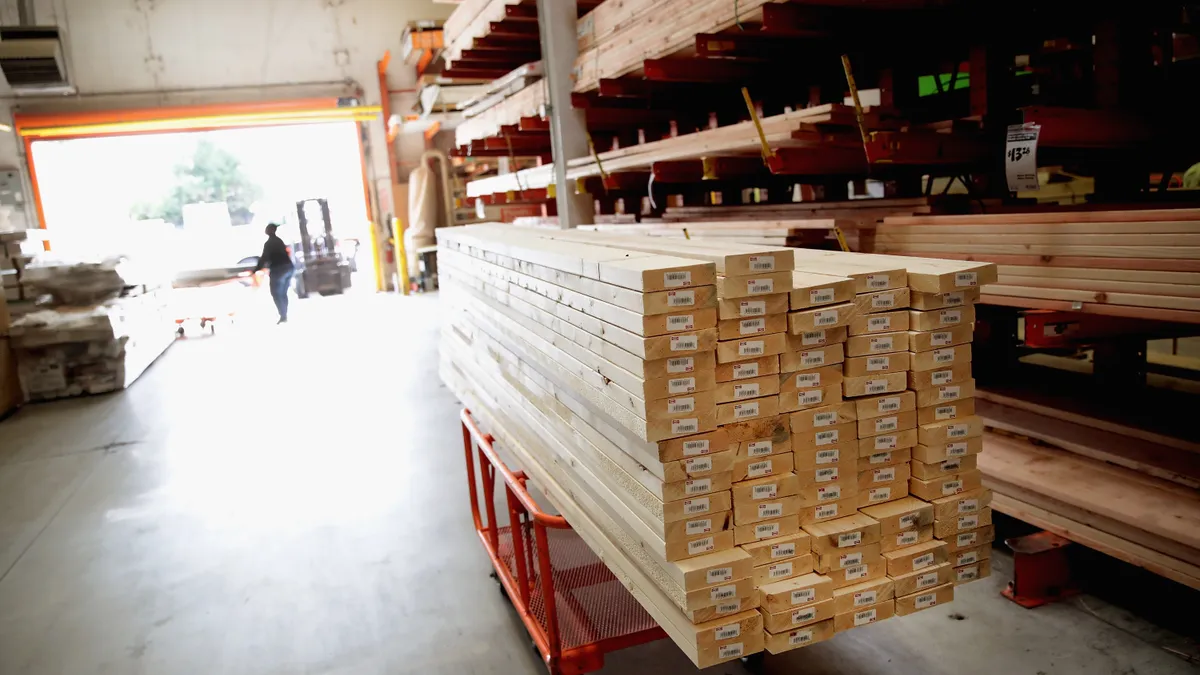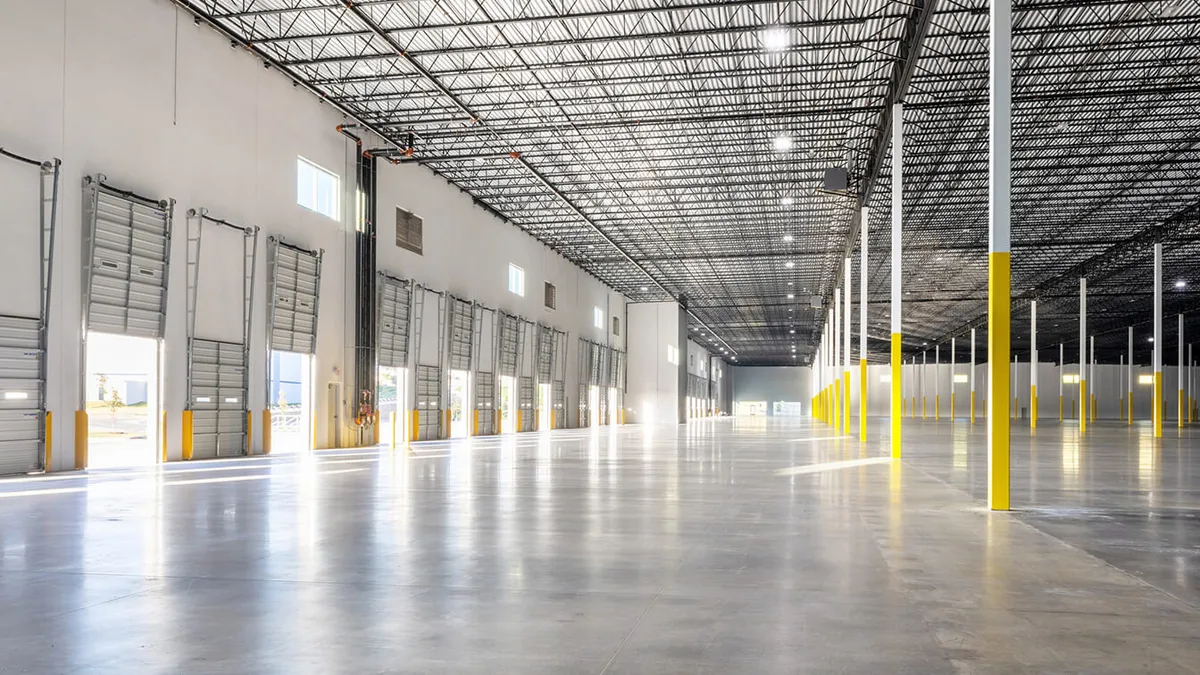Ken Pinto is the author of a practical roadmap for business leaders interested in solving supply chain issues titled "How Much Is the Milk?" He's also the founder of Kenzai USA, an international supply chain solutions company. Opinions are the author's own.
Escalating materials prices, product scarcity and delivery delays against a backdrop of increasing client demand are stressing out contractors searching for a path out of the cyclical fray. Even if they don't immediately understand how, commercial contractors do have the ability to solve many of their existing challenges — especially those related to supply chain strain. Here are three ways construction firms can be part of the solution:
Understand your suppliers' needs
Using historical sales data, suppliers inventory product they know will sell more immediately as this approach diminishes storage concerns, risk of theft and extra capital outlays. Storing large product quantities, or quantities that consume a sizable physical footprint, adds a tremendous cost and hassle factor, forcing suppliers to move inventory around their store, yard or warehouse, risking potential damage and taking up in-demand product space.
To best prepare for inbound product requests, suppliers make product commitments long before they sell them, a process often rooted in "best guesstimate" methodology. As a result, products purchased can end up being the wrong ones. Even if sourced correctly, inventory guesses can also cause under or overstocking, a costly error that frequently worms its way into pricing passed on to the supplier's customers.
All suppliers want to sell more product and become a commercial contractor's one-stop-shop. However, many struggle with smaller staff sizes, inventory storage capability and free cash on hand, leaving them in a more reactionary role. This, too, has a trickle-down impact on all with whom the supplier does business.
Plan for demand
As a construction manager, I learned the value of material management and its positive effect on construction cycle time. It started with a general timeline for build projects. I realized that once foundation work begins, it took roughly 60 to 90 days before steel studs (among other materials) were needed on site. Armed with this information, I was able to communicate quantity demands and product SKUs to my supplier in advance, giving it ample notice to procure, more cost effectively, what was needed to fill my order. After a year of tracking material costs and talking with my suppliers, I discovered that I could get even better product pricing, decrease construction cycle time and increase product capacity for my suppliers by first giving them what they needed.
The two most requested pieces of information were SKUs and the date needed. The secret sauce to reducing my and my supplier's costs was by giving this information to my supplier in advance of when I needed materials on site. Ordering product 24 to 48 hours in advance squanders the opportunity for proper demand planning. A week or two advanced notice is helpful but typically isn't long enough to make a difference.
I learned that the greatest cost (and relationship benefit) was gained by providing 30-, 60- and even 90-day advance notice windows. When suppliers are given time to prepare for future sales, they can more efficiently source products at better prices, resulting in worthwhile cost reductions for their customers. They can also more confidently ensure delivery when needed rather than store unused inventory or content with delivery delays that set everyone back.
Contractors who understand the value of supplier relationships and collaboration find a way to order with longer lead times.
Establish supplier loyalty
Even though it may be hard to read (and even harder to accept), we are part of the problem.
A supplier's challenges are exacerbated when contractors make last-minute changes or threaten to buy from a competing supplier to save a few pennies. Commercial contractors have also been known to delay the process of awarding subcontracts in the hopes of finding a lower price (i.e., the buy-out). These tactics do little to solve the problem and instead fracture relationships and create delays that could be completely avoided by working more collaboratively with an existing supplier.
The winning formula is quite simple. When dealers have advance knowledge of product demand, they operate more efficiently. That, in turn, helps builders and contractors to do the same. The ancillary benefits include a more harmonious (and less acrimonious) relationship and a reduction in operation costs for all.
It's important to be loyal and align with suppliers that will support your business and view your relationship as a longer-term partnership beyond just one sale.
The current building climate and added insults of raw material inflation, limited product availability and increased shipping costs signal an urgency to our industry to flip the script and invert our previously adopted processes to give suppliers what they need to keep the flow of products and materials moving.




















